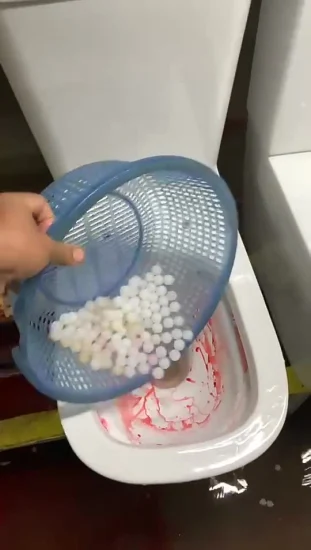We've uncovered this article on Flushing Food Down the Toilet? directly below on the net and accepted it made sense to share it with you here.

Intro
Many individuals are commonly faced with the problem of what to do with food waste, particularly when it pertains to leftovers or scraps. One common question that develops is whether it's alright to purge food down the bathroom. In this post, we'll explore the reasons why people could take into consideration flushing food, the consequences of doing so, and different techniques for appropriate disposal.
Reasons why people may take into consideration purging food
Absence of awareness
Some individuals might not be aware of the potential injury caused by purging food down the toilet. They may erroneously think that it's a safe technique.
Convenience
Purging food down the toilet may appear like a fast and simple option to dealing with undesirable scraps, particularly when there's no close-by garbage can offered.
Laziness
In many cases, people may just choose to flush food out of sheer negligence, without considering the effects of their activities.
Repercussions of flushing food down the bathroom
Environmental influence
Food waste that ends up in rivers can add to contamination and harm marine ecological communities. Furthermore, the water utilized to purge food can strain water resources.
Pipes issues
Flushing food can lead to stopped up pipes and drains pipes, creating pricey plumbing repairs and hassles.
Types of food that must not be flushed
Coarse foods
Foods with fibrous appearances such as celery or corn husks can obtain tangled in pipes and cause obstructions.
Starchy foods
Starchy foods like pasta and rice can take in water and swell, resulting in obstructions in pipelines.
Oils and fats
Greasy foods like bacon or food preparation oils need to never be flushed down the commode as they can strengthen and create blockages.
Appropriate disposal techniques for food waste
Making use of a garbage disposal
For homes outfitted with garbage disposals, food scraps can be ground up and purged with the plumbing system. Nevertheless, not all foods are suitable for disposal in this way.
Recycling
Specific food packaging products can be reused, lowering waste and lessening environmental impact.
Composting
Composting is a green way to take care of food waste. Organic materials can be composted and used to improve dirt for gardening.
The relevance of proper waste administration
Decreasing environmental harm
Proper waste management techniques, such as composting and recycling, assistance reduce contamination and protect natural deposits for future generations.
Securing plumbing systems
By avoiding the method of flushing food down the toilet, homeowners can protect against costly plumbing repair work and keep the integrity of their plumbing systems.
Final thought
Finally, while it may be appealing to flush food down the bathroom for benefit, it's important to understand the possible repercussions of this action. By adopting correct waste administration methods and disposing of food waste sensibly, people can add to much healthier plumbing systems and a cleaner atmosphere for all.
FLUSH FOOD DOWN THE TOILET?
FLUSHING FOOD CAN CAUSE BLOCKED DRAINS IN YOUR HOME
All of the plumbing fixtures in your home are connected to the same sewer pipe outside of your home. This outdoor sewer pipe is responsible for transporting all the wastewater from your home to the Council sewer mains. Even small pieces of food that go down the kitchen sink can cause problems for your sewer. It should therefore be obvious that flushing larger bits of food, such as meat, risks a clog in either the toilet itself or the sewer pipes. Flushing greasy food is even more problematic because oil coagulates when it cools, coating the interior lining of your pipes.
THE TOILET IS NOT A BIN
Food isn’t the only thing that people shouldn’t be flushing down the toilet. People use the toilet to dispose of all kinds of things such as tampons, makeup wipes, dental floss, kitty litter and even underwear. Water goes to great lengths to educate residents about the high costs and stress placed on wastewater treatment systems simply from people flushing the wrong stuff down the toilet. It costs taxpayers millions of dollars each year, and homeowners thousands in blocked drain repairs.
FLUSHING FOOD IS A WASTE OF WATER
Flushing food is a waste of our most precious resource - water. In June this year Level 1 water restrictions were introduced to protect water supply from drought conditions. Much of New South Wales continues to be affected by prolonged drought with recent figures revealing up to 97 per cent of the state remains in drought. Depending on whether you have a single or dual flush toilet, every single flush uses between five and 11 litres of water. In the current climate this is a huge amount of water to be wasting on flushing food that should be placed in the bin (or better yet, the compost).
https://www.jabplumbingsolutions.com.au/blog/can-you-flush-food-down-the-toilet

As an avid person who reads on Flushing Food Down the Toilet?, I imagined sharing that short article was smart. Are you aware of someone else who is intrigued by the subject? Feel free to promote it. I love your readership.
Find Out More